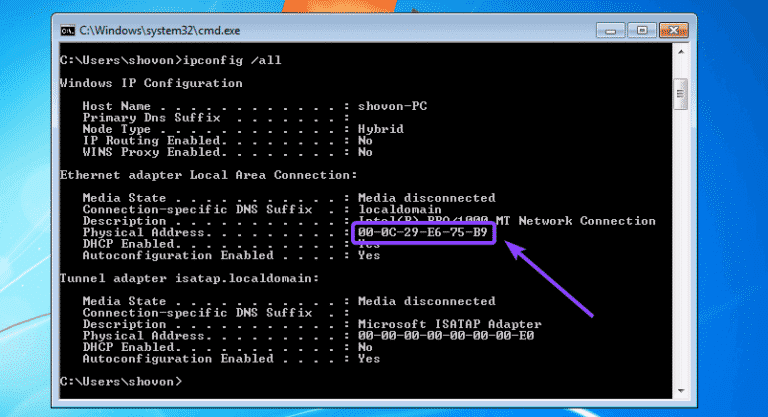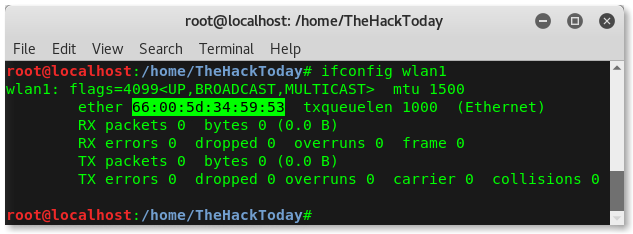

~]$ arpĪddress HWtype HWaddress Flags Mask Iface Using the arp command without any additional options lists the current contents of the ARP cache. However, we will look at the basics and the information that is provided in each. The arp command has as many options as you would expect from a Linux networking tool. *Note that I am running these examples on a virtual machine so your output may vary in content, but the framework should be the same* Let's take a look at the functionality that is offered by each of these programs. It contains many options for accomplishing these same tasks. The ip command suite was introduced in Linux 2.2. The arp command has since been replaced by the ip neighbour command. It is contained in the Net-tools package along with many other notable networking commands (such as ifconfig). The arp command allows users to manipulate the neighbor cache or ARP table. If the destination address is already in this cache, then the protocol is not needed, and the information can be sent to the desired host.

ARP functions with a cache or table that can be manipulated by the user to add or remove addresses. In short, the protocol translates a machine's IP address into its physical address or Media Access Control (MAC) address. The same functionality exists for IPv6 networks in the Neighbor Discovery Protocol (NDP). It was developed in 1982 and has been a staple in most networks since that time.


 0 kommentar(er)
0 kommentar(er)
